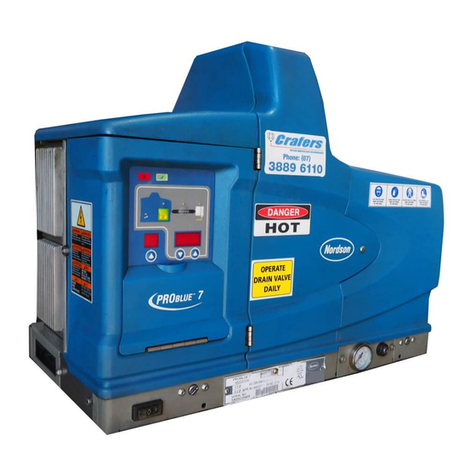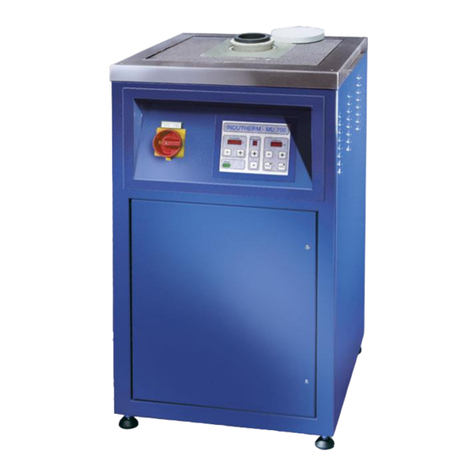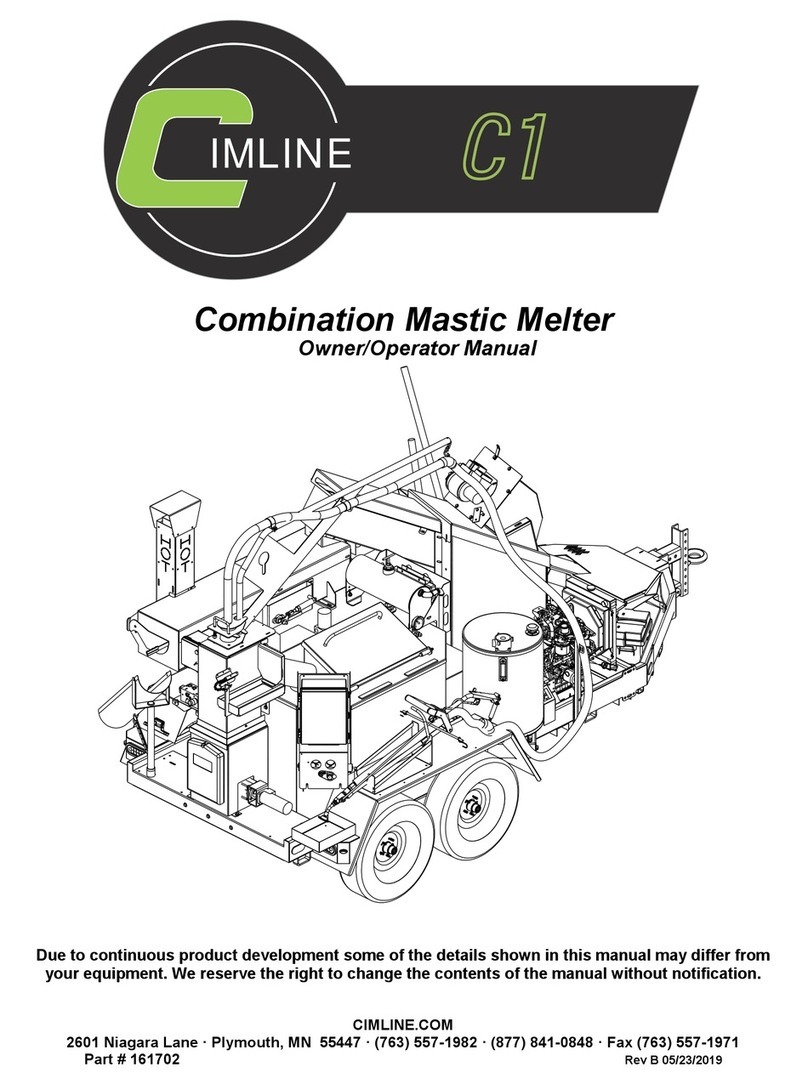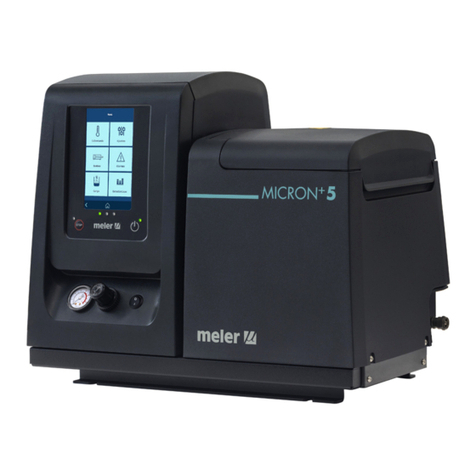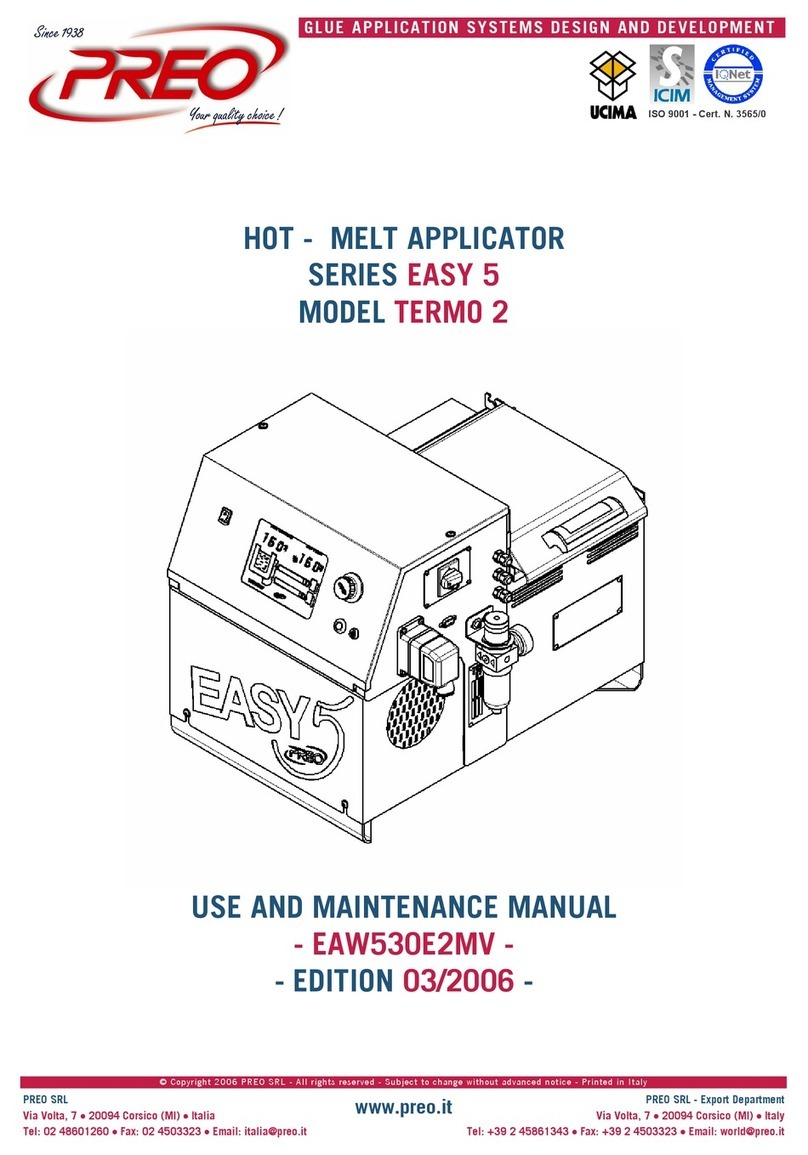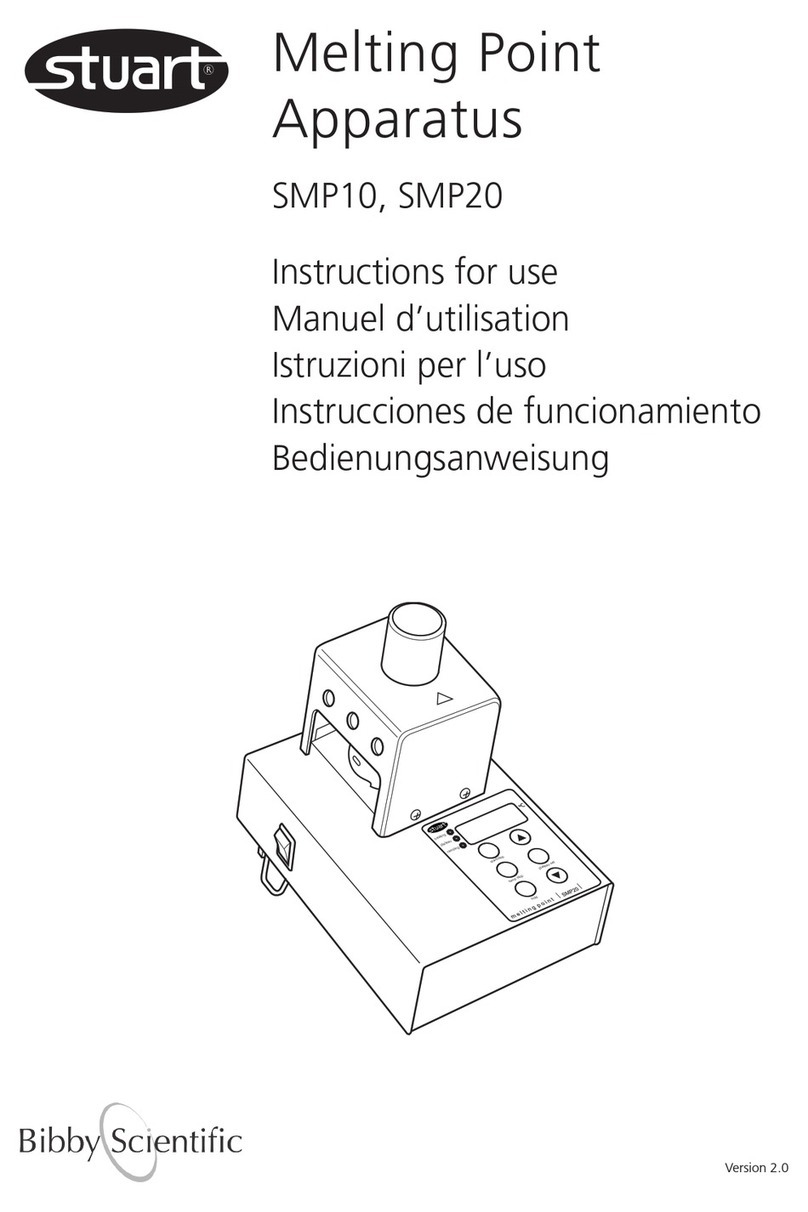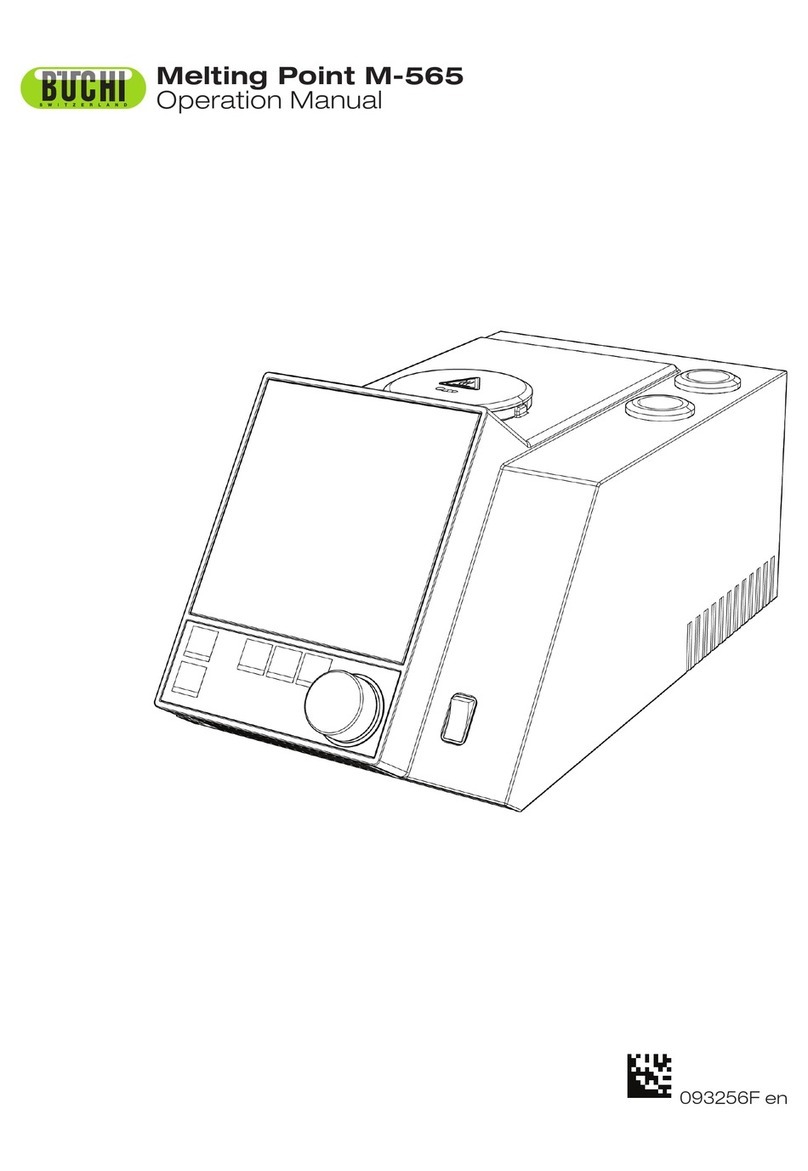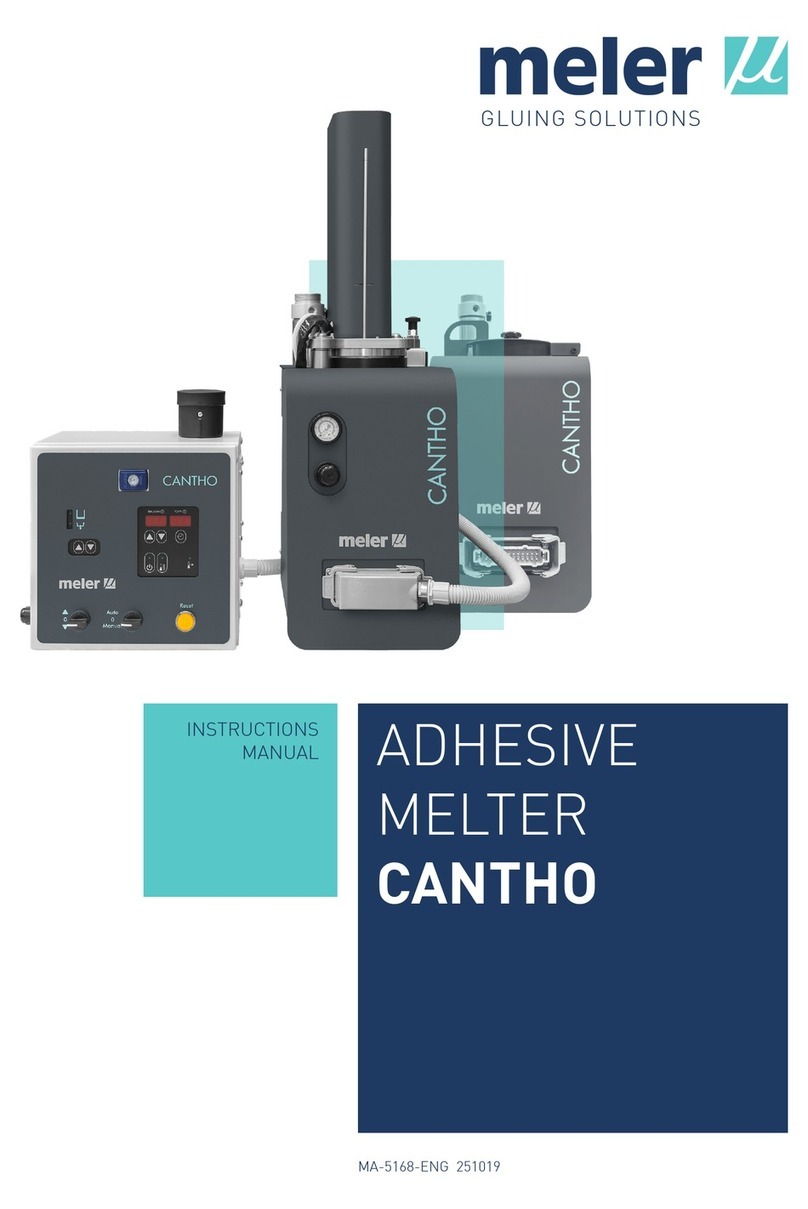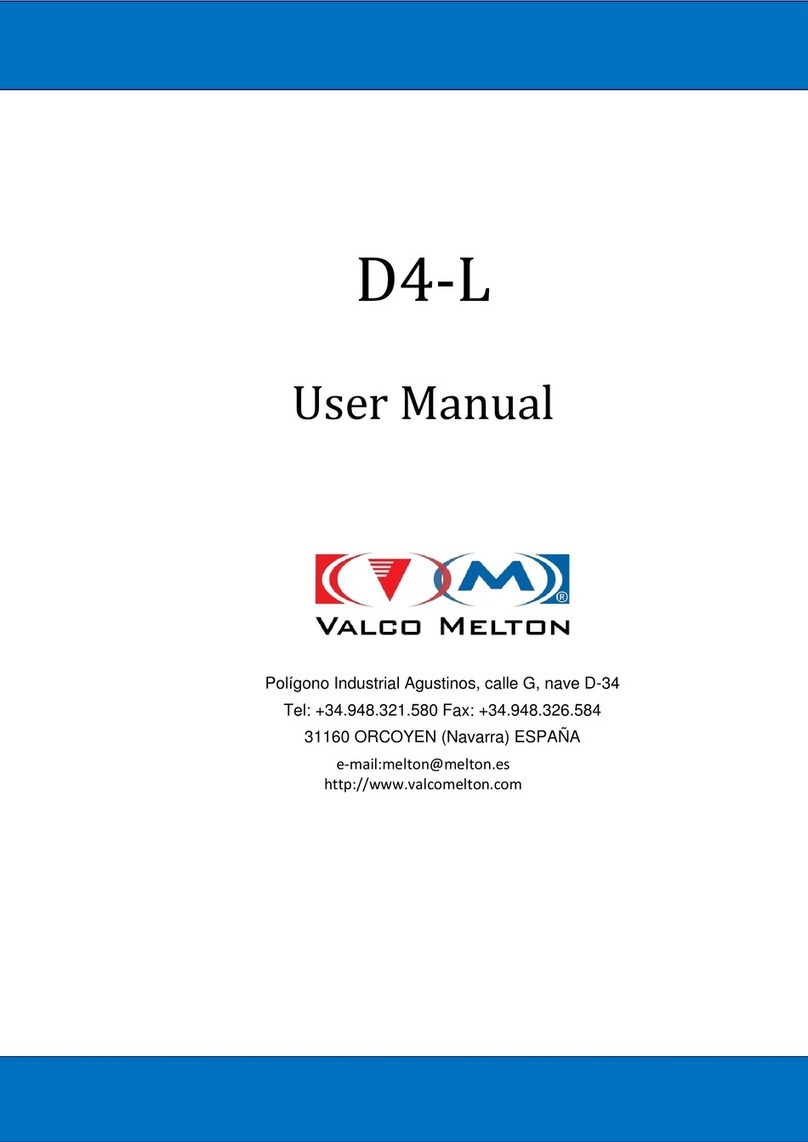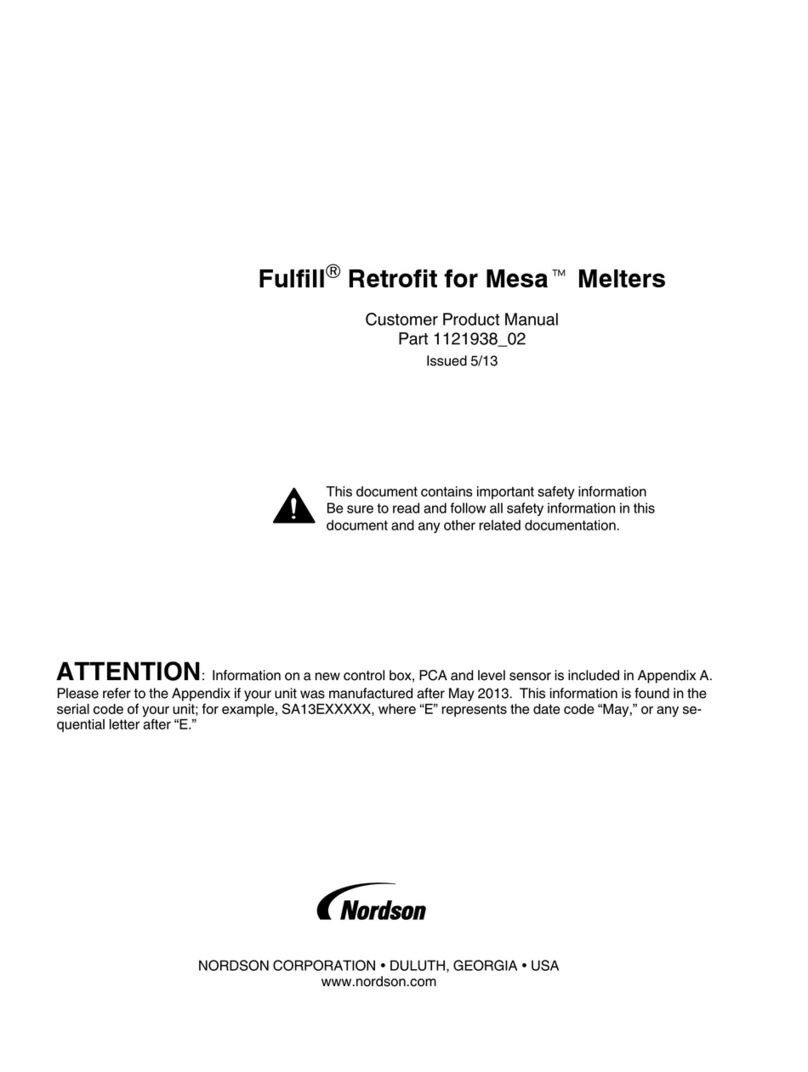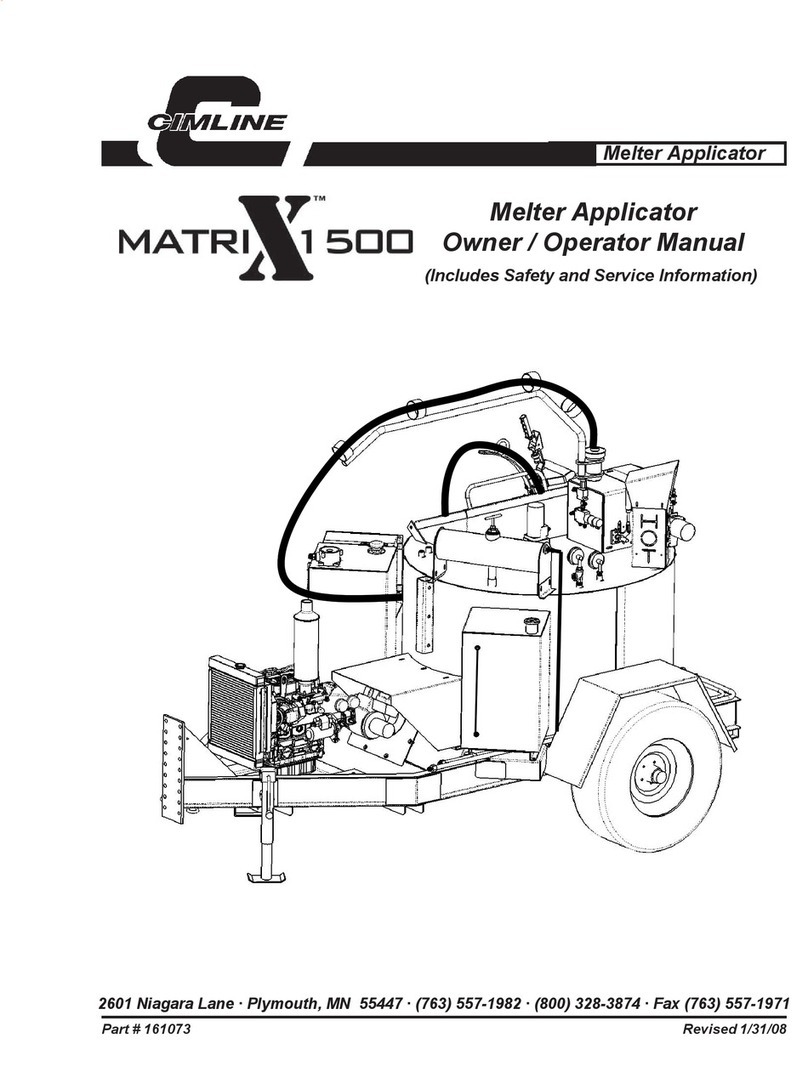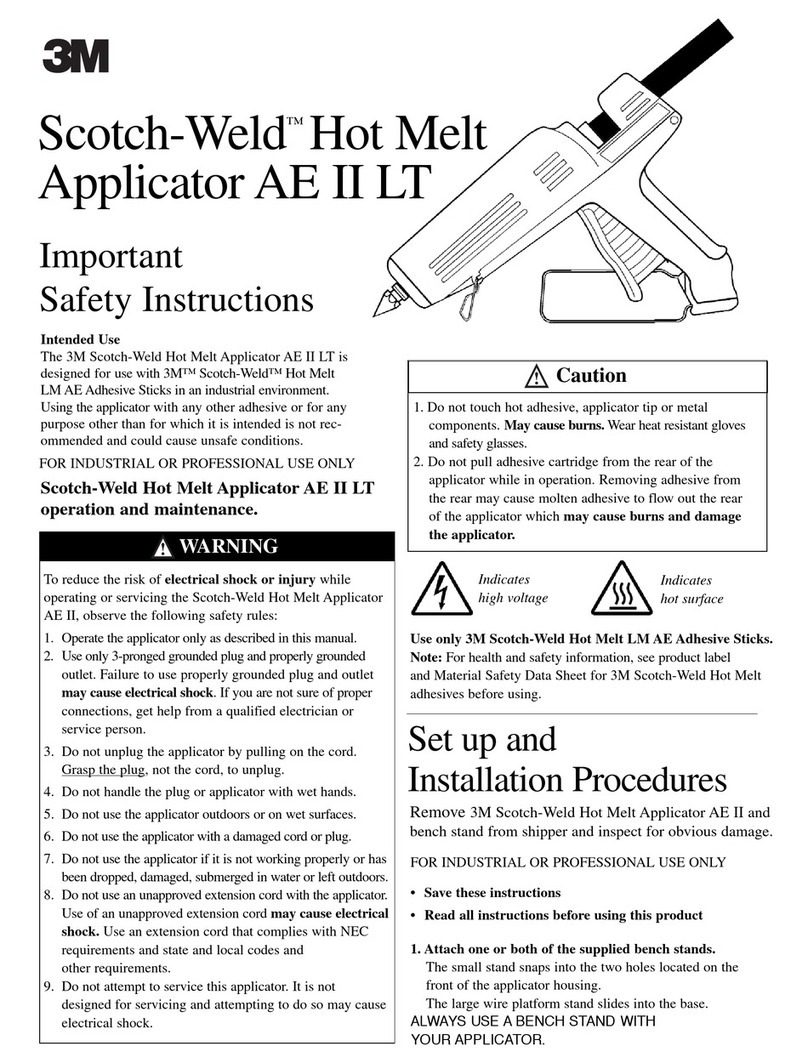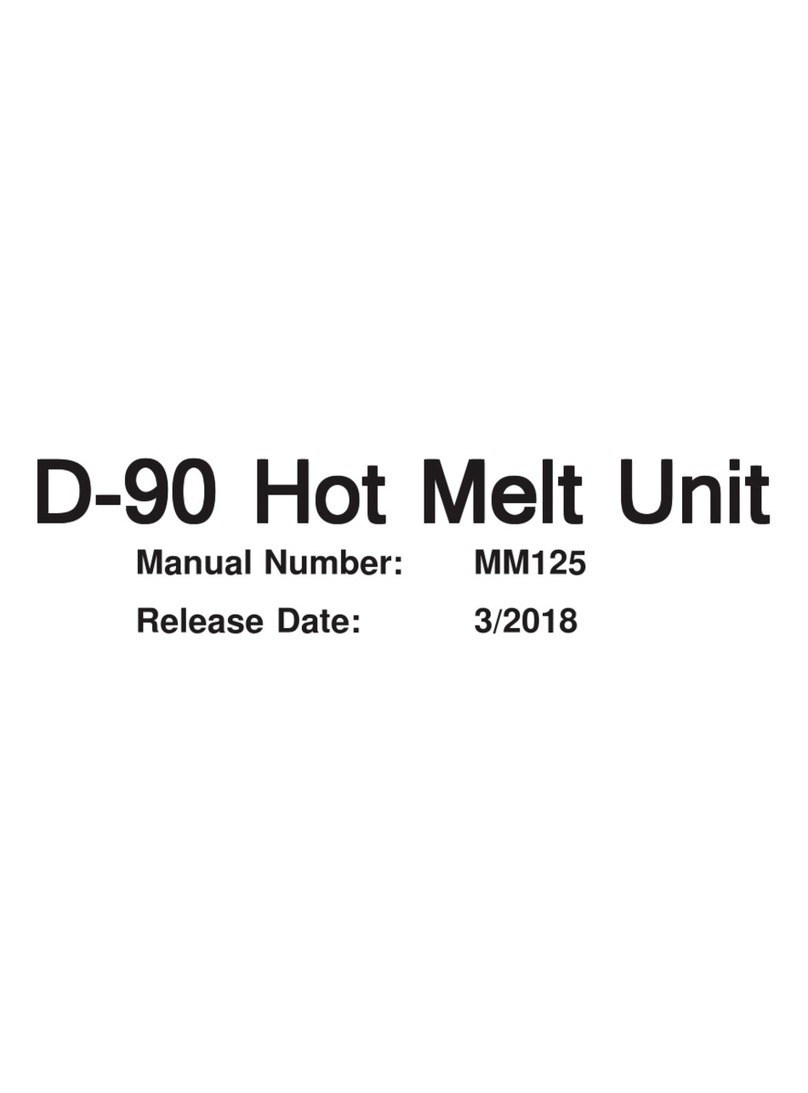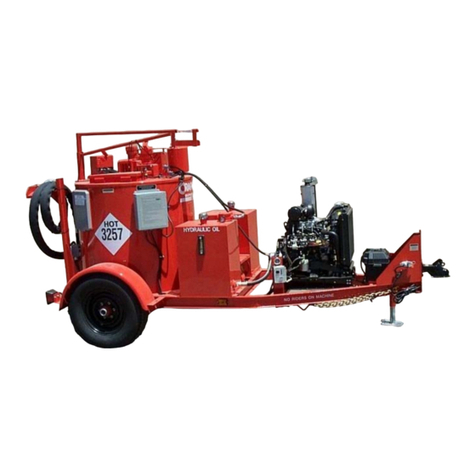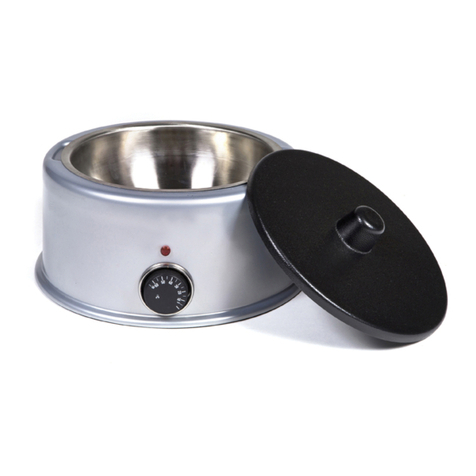
M0726(2):LMFI Series 5000 Lab Melt Flow Indexer 4
English 02/2014
TABLE OF CONTENTS
SAFETY INSTRUCTIONS..................................................................................................................... 6
Warnings, Danger and Informational Symbols......................................................................... 6
Safety summary............................................................................................................................. 7
Use Gloves, it's very HOT!........................................................................................................... 7
Electrical Hazard........................................................................................................................... 8
Calibration Thermometers Using Mercury................................................................................. 8
Pinch Points................................................................................................................................... 9
Fumes From Materials.................................................................................................................. 9
INTRODUCTION .................................................................................................................................. 11
SPECIFICATIONS................................................................................................................................ 12
INSTRUMENT MAINTENANCE RECOMMENDATIONS.............................................................. 13
Equipment Setup .................................................................................................................................. 14
Unpacking the Indexer................................................................................................................ 14
Bench Requirements and Placement ...................................................................................... 14
Level the Melt Indexer................................................................................................................ 15
Instrument Overview ............................................................................................................................ 16
Front View.................................................................................................................................... 16
Rear View..................................................................................................................................... 16
Spares/Consumable Items ........................................................................................................ 17
Instrument Operation/Log-In............................................................................................................... 18
Instrument Operation/Icons................................................................................................................. 19
Instrument Operation/Menus............................................................................................................... 20
Instrument Operation/Buttons............................................................................................................. 21
Instrument Operation/Miscellaneous Touch Areas.......................................................................... 24
Instrument Operation/Panel Overview............................................................................................... 24
Test Calculations .................................................................................................................................. 25
Calculations: Method A .............................................................................................................. 25
Calculations for the Method A test are:.................................................................................... 25
Calculations: Method A/B........................................................................................................... 25
Calculations: Method B .............................................................................................................. 26
Calculating PET Intrinsic Viscosity (I.V.) from the Melt Indexer........................................... 27

